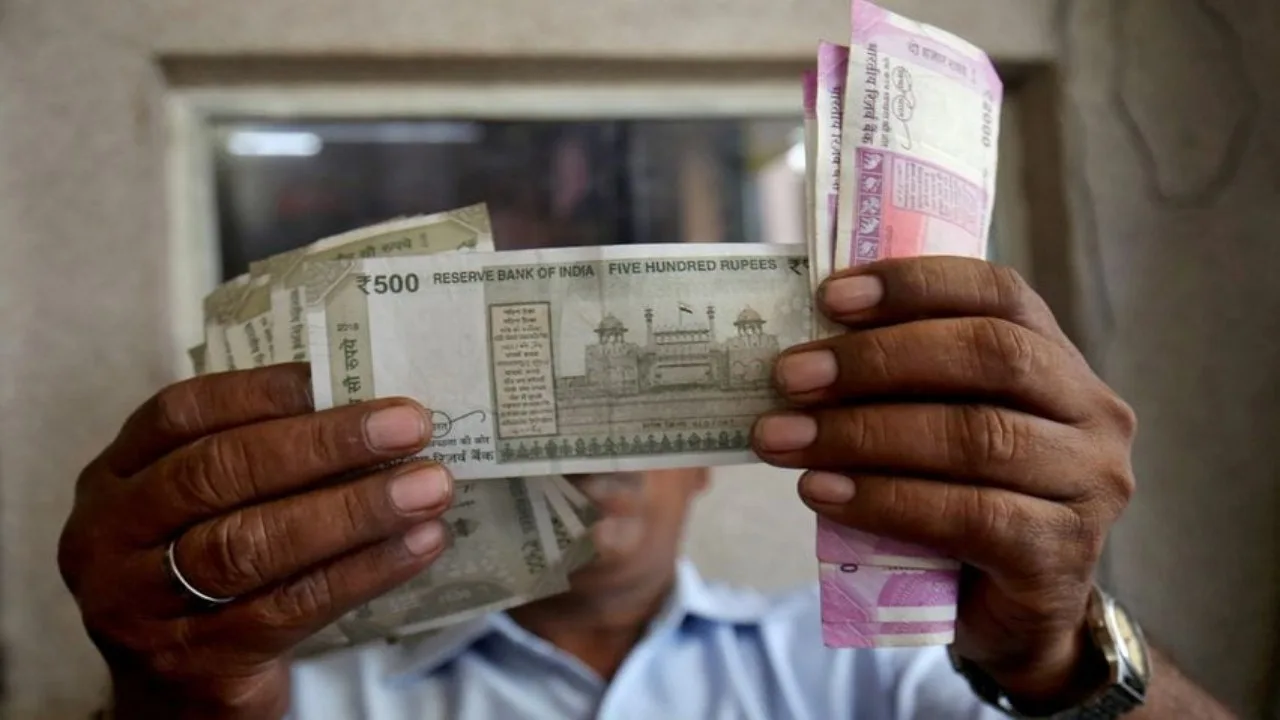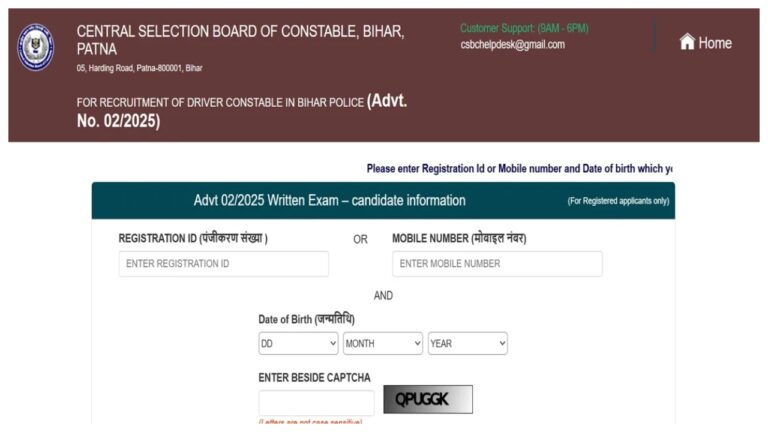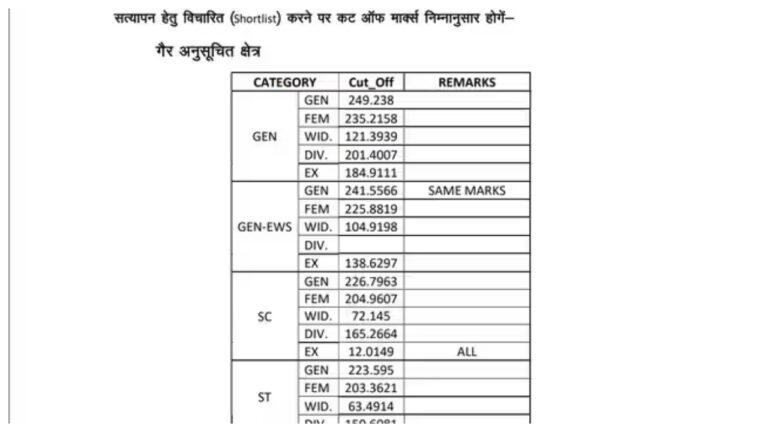7th Pay Commission- There is only one discussion on the lips of every government employee and that is the 8th Pay Commission. But before knowing about this new pay commission, it is necessary to understand the formula of the 7th Pay Commission. We need to know why it had a fitment factor of 2.57 and why more is expected in the coming days.
How did the fitment factor of 2.57 come about?
The 7th Pay Commission recommended that the minimum wage of Rs 7000 applicable under the 6th Pay Commission be multiplied by 2.57. This resulted in a new minimum wage of Rs 18,000. This calculation was not just a simple increase but had a comprehensive analysis and cost structure behind it.
Calculations based on 1957 recommendations
The 7th Pay Commission fixed the minimum wage based on the recommendations of the 15th Indian Labour Conference (ILC) of 1957. Under this, the cost of basic necessities of a family (three members) such as cereals, pulses, vegetables, fruits, milk, sugar, meat etc. was fixed at Rs 9217.99. Other expenses added to this were as follows:
Fuel, electricity, water: Rs 2304.50
Marriage, Entertainment, Festival: Rs 2033.38
Education and Skill Development: Rs 3388.97
Accommodation cost: Rs 524.07
All these together amounted to a total of Rs 17,468.91. To this, an additional 3% of Rs 524.07 was added as per the estimate of dearness allowance (125%). Thus, the total amount became Rs 17,992.98, which was rounded to Rs 18,000.
How was the fitment factor decided?
The 7th Pay Commission clarified that the salary (pay band + grade pay) of an employee at any level on 1 January 2016 will be determined in the new salary structure by multiplying it by 2.57. Out of this 2.57, 2.25 part was shown as the merger of dearness allowance and basic salary. Whereas, the rest of the part was considered as the actual salary increase.
What is fitment factor?
The fitment factor is a multiplier, which is multiplied with the existing basic salary to determine the revised salary under the new pay commission. It is a kind of indicator of how much the total salary of the employees will be increased.
In this, the new salary is calculated in a combined form by combining dearness allowance (DA), basic salary and some additional allowances. For example, if the current basic salary of an employee is Rs 10,000 and the fitment factor is 2.57, then the new salary will be Rs 25,700.










